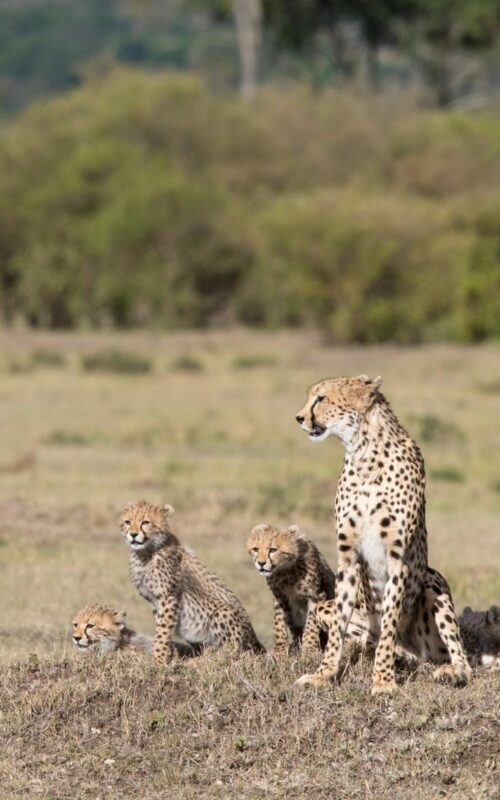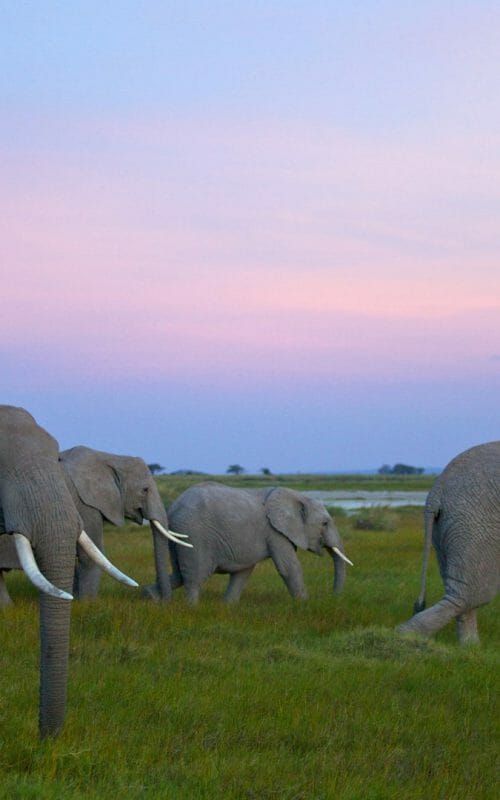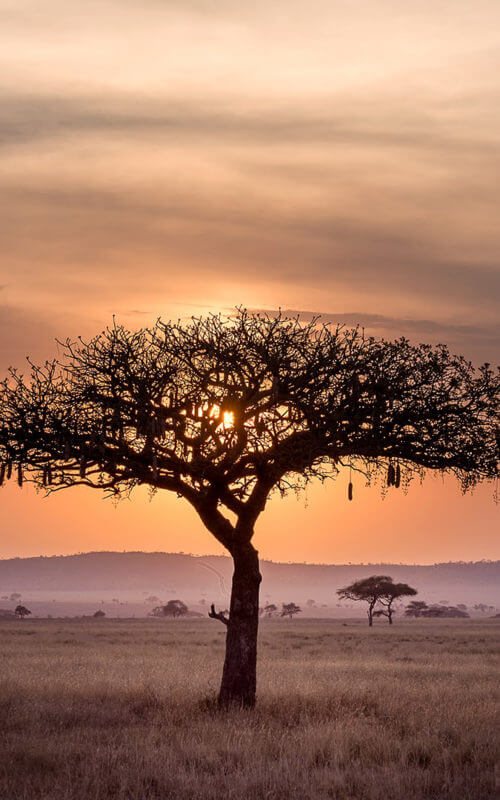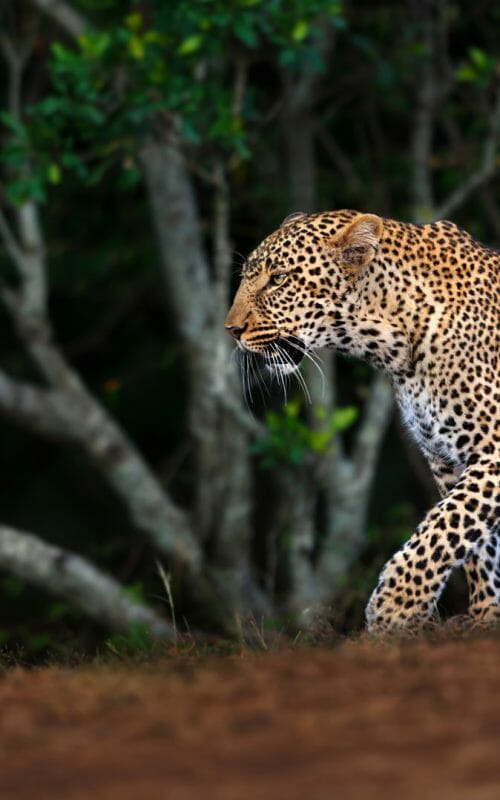Picture an African safari in your mind’s eye and chances are you will visualise the vast, acacia dotted plains of the Masai Mara, teeming with game.
Situated in the south west of Kenya, the Masai Mara is part of the Serengeti ecosystem, where huge herds move through the sweeping plains on their annual migration followed by a supporting cast of predators. It has gained an unfair reputation as being too busy or too commercial, but this is simply not true and why the expertise of Steppes’ Kenya experts is critical.
We know the places to avoid where the crowds can seem overwhelming. Instead, we can take you to small, privately owned conservancies where the wildlife is every bit as prolific but the viewing is private and infinitely more memorable.
When to go to the Masai Mara
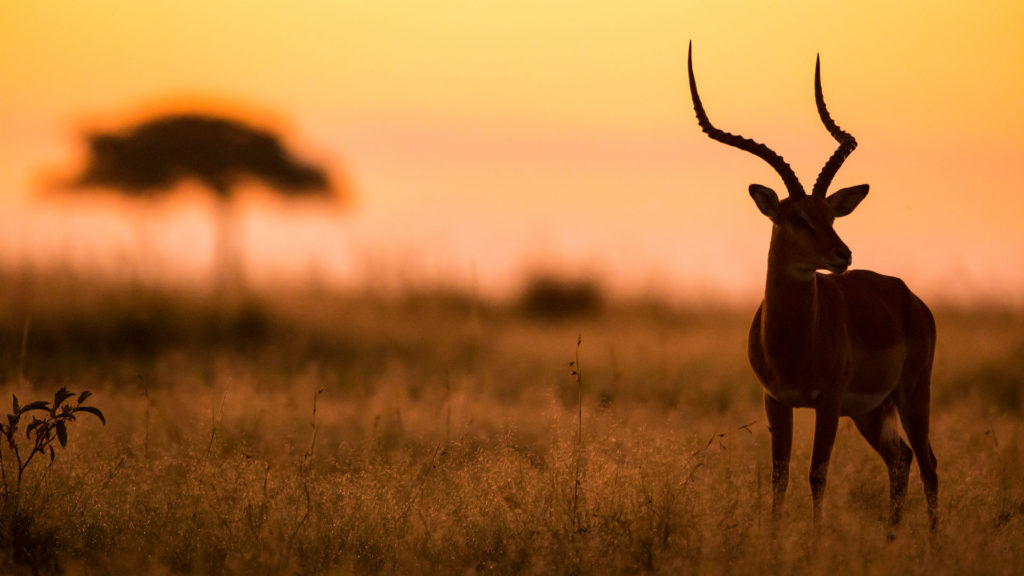
Every month is different; the best time to visit Kenya depends on what experiences you want to have. Peak time in the Masai Mara is from around July to September when the migration is in full flow. The promise of rain and fresh grass in the north brings more than over a million wildebeest together into a single massive herd, which pours across the Tanzanian border into the Mara. Undeniably exciting and an assault on the senses, catching it takes patience and expertise.
That said, the Mara is always full of game so do not fall into the trap of thinking the reserve is void of game for the rest of the year. One of our favourite times to visit is during the green seasons, from February to March or October to November. The showers clear the air, the build-up of clouds make for the most dramatic sunsets, the plains are green and lush and the animals look healthy. This is a particularly good time for photography. Being the shoulder seasons, there are also virtually no tourists so you have Africa’s most wildlife rich park to yourself at more modest prices.
Where to stay in the Masai Mara
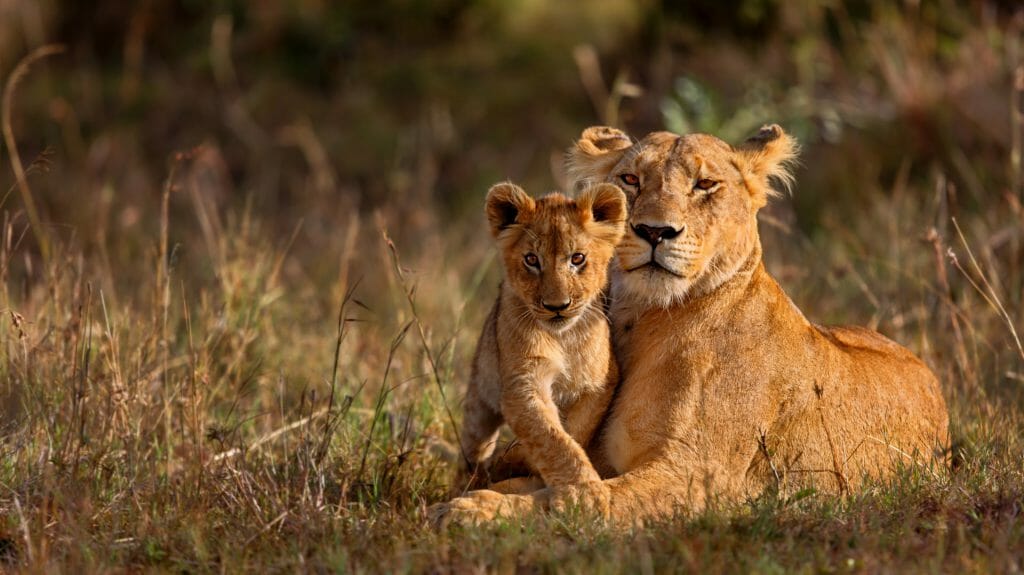
This is the most important thing to consider when planning a trip. When people refer to the Masai Mara, they are talking about the greater Masai Mara ecosystem which consists of the Masai Mara National Reserve and the privately run conservancies which surround it. There are no fences between these areas and the animals can roam freely between regions.
The National Reserve is run by the government, meaning the number of tourists allowed into the area is not particularly well regulated. This can result in some areas feeling particularly busy at certain times of year. The reserve does not allow off-road driving, walking safaris or night drives, so the rules on activities are much stricter than in private conservancies. The famous river crossings take place within the reserve and it is a visceral experience, but can be brutal and not for the fainthearted. Staying in camps close to the crossings have some benefits, but there can be a lot of carcasses floating around!
Staying in a private conservancy that borders the reserve offers a much more engaging wildlife experience – they are often privately funded with more experienced guides. Tourist numbers are managed more sustainably, with a fraction of the tourist numbers which you find in the reserves. There is also greater scope for other activities such as night safaris and bush walks. The camps themselves are much more personal, the service levels and comfort much higher and all have a clear commitment to sustainable tourism. Best of all, you will most likely have the game to yourself, allowing for a much more exclusive encounter. You can, however, still drive into the Masai Mara Reserve itself to see what all the fuss is about, before returning to your conservancy.
It is important to remember that the reason the Masai Mara is so popular is because it offers spectacular big game. It is an iconic park, full of pioneering guides and conservation initiatives, great camps and the most wonderful communities. Just keep in mind that even when visiting somewhere well known, it does not mean you have to follow the crowds.

